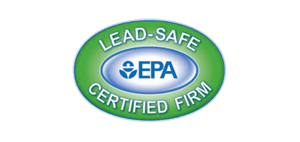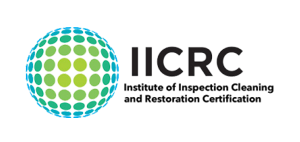Do you know what the first step in handling water damage is and why it’s so important? The key is to find where the water is coming from and stop it. This is called water source identification and it’s critical for fixing water issues. Water is put into categories based on how dangerous it is, known as White, Gray, or Black water. Knowing this helps to figure out how much work we need to do to clean up. If we don’t find the source fast, fixing the water issue becomes much harder. Finding out the type of water pollution is a crucial first step. It makes sure we start with the right actions to solve water damage problems. Want to learn more about this key step and its big impact on getting rid of water damage?
Key Takeaways
- Locating and halting the water source is the primary step in the water remediation process.
- Proper water source identification is crucial for effective emergency water mitigation.
- Water contaminants are categorized as White, Gray, or Black, influencing cleanup efforts.
- Understanding the water contamination category helps determine the necessary decontamination approach.
- Initial water damage assessment affects the overall water damage restoration process complexity and duration.
Understanding Water Damage and Its Impact
Water damage is a complex issue that can really mess up a building’s structure. It might even make walls, ceilings, and floors fall down. If you don’t deal with it fast, you risk getting sick from mold, bacteria, and bugs.
The main reasons for water damage are natural disasters and home accidents. These can be anything from a leaky fridge to a flooded basement. Knowing these causes is key to stop water damage before it starts.
Experts need to be good at spotting these issues early. They look for signs like warped surfaces, cracks, funny smells, and mold. Catching these problems early can save a building from serious damage.
Mold is not just a yucky problem; it’s a health hazard too. Breathing in mold can lead to breathing problems, allergies, and more. That’s why it’s so important to fix water damage quickly for everyone’s safety and the building’s condition.
The Critical Importance of Water Damage Assessment
It’s vital to do a careful water damage check to see how bad things are and plan how to fix it. Signs like bulging materials, color changes, and weakened structures show there’s a problem. With high-tech tools like moisture meters and thermal cameras, experts can find moisture not easily seen. This leads to a more accurate check.
Knowing the type of water damage is key to choosing the right restoration steps. This choice affects what tools and methods are needed to dry things out. A detailed check at the start is crucial for quick and thorough damage repair. Tools like moisture meters and thermal cameras make the check better. They also stop more damage by finding problems early.
What is the First Step in Water Remediation?
The first key step in water remediation is finding the water damage source. This means figuring out where the water came from. It could be from plumbing issues, roof leaks, or even natural disasters. Once the source is found, experts work to stop more water from coming in. After that, they can start looking at the big picture.
Next, professionals determine the water’s type based on set water contamination categories. This step is crucial. It helps them understand how dirty the water is. Categories range from clean water, like a leaking pipe, to very dirty water from floods where harmful materials abound.
Once the water type is known, a detailed water damage restoration checklist is used. It’s a step-by-step plan that guides through tasks like taking out the water, drying everything, making it clean, and fixing things if needed. Using this checklist ensures nothing important is missed. It makes the whole fixing process better and faster.
Tools and Techniques Used in Water Damage Inspection
Inspecting water damage needs advanced tools and methods. First off, we use industrial vacuums and submersible pumps to clear standing water. This helps prevent more damage quickly.
After removing most of the water, we focus on drying everything. Air movers and commercial-grade dehumidifiers become crucial. Air movers help dry surfaces by increasing evaporation, while dehumidifiers pull moisture from the air.
For severe water damage, some areas might need to be taken apart. This allows for the use of HEPA vacuums and air scrubbers. These tools clean and remove contaminants. They’re vital for Category 3 water damage, preventing health risks.
When everything is clean, we can start fixing and rebuilding. Badly damaged materials are taken out. Then, we begin the repair work. With modern tools and careful methods, we ensure a complete response to water damage. This prepares us well for the repair phase.
Conclusion
In summary, the key to effective water damage restoration is a detailed area assessment. This first step is crucial in developing a solid recovery plan. By making sure all water and mold issues are found and fixed, we prevent further damage and keep people safe.
Using the latest tools and methods shows how technology betters the cleanup process. Professionals can assess water damage more accurately and quickly. This leads to actions that are focused and work well.
It’s really important to act fast when dealing with water damage. Quick action can prevent more harm and upholds health standards.



